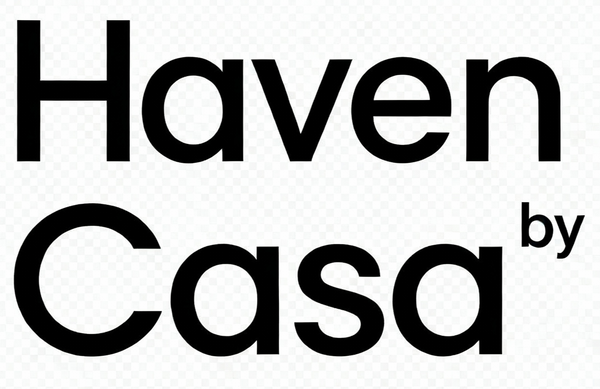
The Art of Modern Dining - Tableware Trends Redefining Contemporary Table Settings
Share
The dining experience has evolved dramatically in 2025, with tableware design reflecting our changing relationship with food, entertaining, and home aesthetics. Contemporary dining trends emphasize versatility, sustainability, and artistic expression, moving far beyond traditional formal dining conventions to embrace more relaxed, personalized approaches to table setting.
Modern dinnerware collections now prioritize adaptability over rigid formality, responding to lifestyle changes that have seen 78 percent of people choosing casual dining experiences over elaborate table settings. This shift has sparked innovation in both materials and design, creating pieces that transition effortlessly from everyday meals to special occasions.
Organic shapes dominate 2025 tableware trends, with designers abandoning perfect symmetry in favor of hand-formed aesthetics that add personality to table settings. These artisanal-inspired pieces feature subtle imperfections and curved edges that create visual interest while maintaining practical functionality for daily use.
Earthy color palettes have emerged as the preferred choice for contemporary dining, with muted greens, sandy beiges, and warm terracotta tones creating grounded, calming dining environments. These natural hues complement sustainable lifestyle choices while providing timeless appeal that transcends seasonal trends.
The revolutionary blates trend represents the most significant innovation in tableware design this year. These hybrid pieces, combining bowl depth with plate functionality, address modern eating habits that often blur traditional meal categories. Their wide, shallow silhouette reduces splashing during transport while offering efficient storage solutions through improved stackability.
Mixed material settings have gained popularity as hosts embrace creative table styling that combines stoneware plates with wooden serving boards and glass accessories. This approach creates dynamic visual layers while allowing personal expression through curated combinations of textures and finishes.
Sustainability considerations now influence most tableware purchasing decisions, with consumers actively seeking eco-friendly options including recycled ceramics, bamboo composites, and biodegradable clay materials. Manufacturers have responded by developing innovative production methods that reduce environmental impact without compromising design quality.
Textured surfaces add tactile interest to contemporary dinnerware, with embossed patterns and subtle glazing techniques creating depth and visual appeal. These sophisticated finishes enhance food presentation while providing improved grip during handling, combining aesthetic and practical benefits.
Color psychology plays an increasingly important role in tableware selection, with designers recognizing how different hues affect dining experiences and appetite. Warm earth tones promote relaxation and conversation, while cooler blues and greens create fresh, clean impressions that complement contemporary cuisine presentation.
Minimalist elegance continues appealing to design-conscious consumers who prefer clean lines and neutral colors that highlight food rather than compete with it. These streamlined designs offer versatility for mixing and matching while creating serene table environments that focus attention on culinary creativity.
Customization options have expanded significantly, with many manufacturers now offering personalized dinnerware featuring unique patterns, monograms, or specific color combinations. This trend toward individualization allows hosts to create signature table settings that reflect personal style and enhance brand identity for hospitality businesses.
The integration of technology in tableware manufacturing has enabled more precise quality control and innovative design possibilities, resulting in stronger, more durable pieces that maintain their appearance through frequent use while meeting demanding lifestyle requirements of modern consumers.
